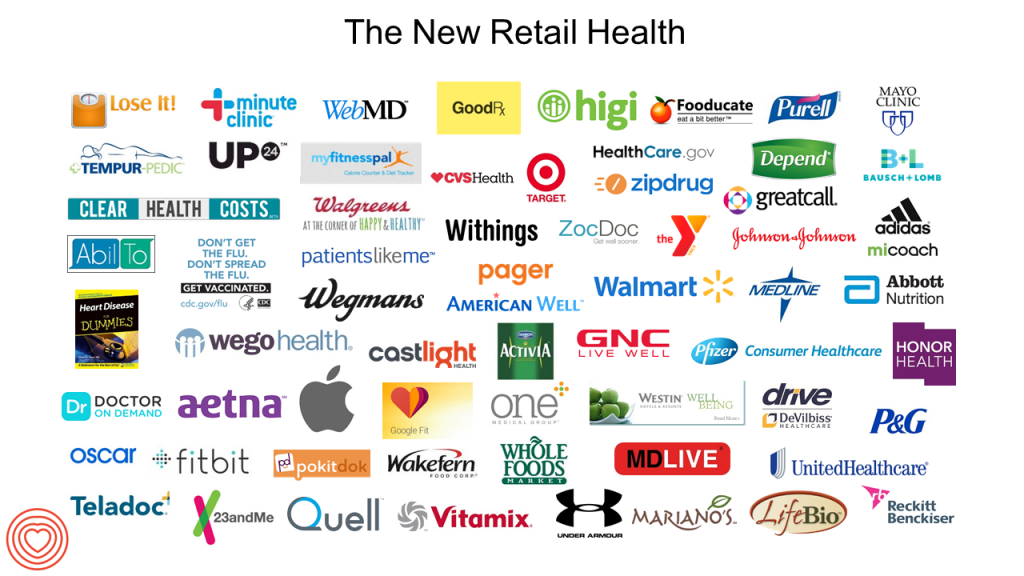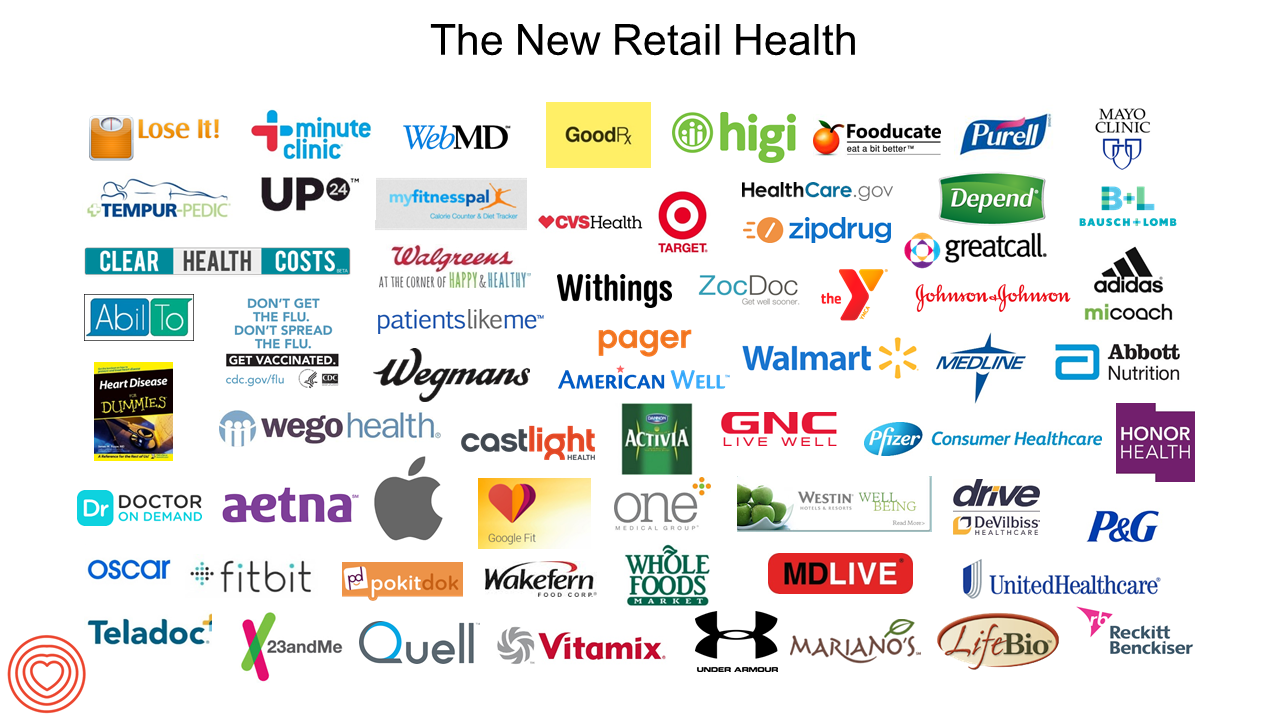 The non-vote for and withdrawal of The American Health Care Act on March 24, 2017, was a win for the retail health market, at least in the short-run.
The non-vote for and withdrawal of The American Health Care Act on March 24, 2017, was a win for the retail health market, at least in the short-run.
Before the vote, there had been some pronouncements that the passage of the AHCA would have been a boon to retail health. Here’s one story stating that, “A boom in medical tourism to Mexico predicted if Obamacare ends.” Another article asserts, “Why the American Health Care Act Works for Retailers,” a public policy statement from the National Retail Federation (NRF).
But NRF, please don’t fret. Retail health is consumer-driven and will persist beyond the fall of TrumpCare/RyanCare/AHCA.
It is the new-normal for patients to behave as health care consumers, in search of value based on their own values in more convenient, accessible, well-designed, cost-saving formats. These new health consumer muscles continue to get stronger and more demanding, with or without the AHCA.
Under the Affordable Care Act (Obamacare), newly-enrolled health plan members had to first shop for health plans, and in the process of doing so learned new lingo describing health plan designs (eg., deductibles, co-payments, co-insurance, health savings accounts). Health insurance newbies went online and got more digitally savvy. People identified networks of physicians and service points, and when they got to those doctors’ offices and clinics, patients signed HIPAA forms and got introduced to the concept of medical privacy.
Doing these tasks builds consumer-health experience, knowledge and competence over time. At first, it feels like a muddling-through this non-system of a system. Yet going through the workflows raises health consumer consciousness.
Health Populi’s Hot Points: In the past few days looking for context after the fall of the AHCA, I revisited a study that was based on a consumer survey conducted about 18 months after the onset of the Great Recession of 2008. Eyes Wide Open/Wallet Half Shut from Ogilvy found that consumers were looking for sustainable living in every aspect of their lives: including and especially keeping healthy and saving money.
Those two life-flows — getting and staying healthy, and conserving money — are front-of-mind concerns for health consumers in 2017. As President Trump tweets on about the downfall and implosion of Obamacare and the Affordable Care Act, patients-now-consumers grow concerned about how and where they will access health care, and whether they’ll be able to afford it. These concerns were part of the motivation underpinning the ACA, and continue to worry people who are both insured (many feeling under-insured) and those still without health plan coverage.
Retail health channels — pharmacies, urgent care and retail health clinics, telehealth, mobile apps, wearable tech, medical tourism, and a DIY Maker Health ethos will gain favor among consumers looking for health-control.
For more details on the growing retail health landscape, check out:
How Amazon Has Primed Healthcare Consumers
The Big Box Store as Healthcare Provider
The Shift to Healthcare Value in a Post-Trump America





 Interviewed live on BNN Bloomberg (Canada) on the market for GLP-1 drugs for weight loss and their impact on both the health care system and consumer goods and services -- notably, food, nutrition, retail health, gyms, and other sectors.
Interviewed live on BNN Bloomberg (Canada) on the market for GLP-1 drugs for weight loss and their impact on both the health care system and consumer goods and services -- notably, food, nutrition, retail health, gyms, and other sectors. Thank you, Feedspot, for
Thank you, Feedspot, for  As you may know, I have been splitting work- and living-time between the U.S. and the E.U., most recently living in and working from Brussels. In the month of September 2024, I'll be splitting time between London and other parts of the U.K., and Italy where I'll be working with clients on consumer health, self-care and home care focused on food-as-medicine, digital health, business and scenario planning for the future...
As you may know, I have been splitting work- and living-time between the U.S. and the E.U., most recently living in and working from Brussels. In the month of September 2024, I'll be splitting time between London and other parts of the U.K., and Italy where I'll be working with clients on consumer health, self-care and home care focused on food-as-medicine, digital health, business and scenario planning for the future...